Lastkraftwagen M1908
Overview

Lkw.08a serving as troop transport in the battle of Alparan, 1915. Notice the hooded carriage.
The LNM Lkw.08, nicknamed "Maultier" (meaning "Pack mule") by troops, was a medium-sized truck made by Wystellan manufacturer Lantz-Nerkel Mwf. starting from 1908. It served in the Great War primarily as a supply and transport vehicle, though combat variants existed. After the war, limited production continued until 1923, with 24,000 built across all variants.
Manufacturer
Lantz-Nerkel Motorwagenfabrik

Lantz-Nerkel Mwf. Headquarters in Brüssingshaven, 1910.
Founded as Lantz-Nerkel Motorwerke in 1895 by engineer Lorenz M. Lantz and businessman Josef K. Nerkel in Brüssingshaven, a state south of Wystelle. The company started out as an engine manufacturer for agricultural tractors and generators. In 1903, the company expanded its manufacturing to also make vehicle parts as well as producing complete vehicles under contracts starting from 1905. In 1908, with the release of their first successful mass-produced vehicle, the LNM Lkw.08, the company was renamed Lantz-Nerkel Motorwagenfabrik, which it retained.
Design and Development
Origins
In late 1905, after evaluating their company’s manufacturing capabilities, Josef K. Nerkel proposed the idea of developing a heavy goods vehicle to his business partner and engineer, Lorenz M. Lantz, who agreed to the plan. Work on the project began in early 1906, running parallel to the development of Atelier Lavori di Ingegneria's (ALdI) Valerie in Arcavita. The two design teams maintained regular communication, exchanging ideas and progress throughout their respective developments. Nerkel and Lantz had long been in contact with Atelier, the chief of the company, as the latter had previously purchased agricultural machinery produced by LNM. Interestingly, all three—Nerkel, Lantz, and Atelier—once attended the same school in Wystelle during their youth, but Atelier had to return home early to take over his family business.
Prototypes
P.07a

P.07a undergoing testing, 1907. Notice the canvas roof.
By 1907, the first iteration of the truck was completed. Powered by a SE-4a 60bhp straight-4 inline engine, also developed by LNM, the truck can reach 42kph on roads through a 3-speed transmission. Most of the features present in this iteration made it into the final production model, though a lot still had to be refined and simplified.
P.07b
Some components of the 1907a had to be redone in preparation for mass production. This included increasing the length of the chassis, changing the steering mechanism and transmission, extending the driveshaft, and the addition of a new engine, the SE-4l, which was a lighter version of the previous engine, the SE-4a.

SE-4 is an inline-four, or I4/L4 engine. Pictured, SE-4L.
Pre-Production Model P.08l
In 1908, after several changes, the first pre-production model has finally rolled out of the factory. It was then presented to the National Armed Forces, which was looking to replace their horse-drawn carriages with newer vehicles. Initial impressions were quite positive, especially regarding the simplicity and potential versatility of the design. An initial order of 200 were placed to undergo trials, but due to the company’s relatively small workforce and tooling, it took almost a year to fulfill the order, which they finished in late 1909. In its first few months of service, the trucks proved well-equipped for military use, being praised by soldiers as it was quite reliable and easy to maintain on the field. Further impressed, the military placed a subsequent order of 4,800 the following year, where it officially received the Lkw.08 designation.
Service History
Great War

A Lkw.08a towing a disassembled Fleutze-Wissau D.8 fighter.
During the war, an additional 15,000 Lkw.08's would be produced across all variants. It would see service primarily for supply, utility, and troop transport. It used by all branches of the Bundes Streitkräfte (Federal Armed Forces), this includes the Heer (Army), Marine (Navy), and from 1916 onwards, the Armee Luftfahrtabteilung (Army Aviation Division). Starting in 1915, the Army began fielding a self-propelled artillery variant in limited amounts, serving in both artillery bombardment and anti-aircraft roles.
[To be expanded on]
Post-War
[To be expanded on]
Variants
Lkw.08a

A Lkw.08a in factory grounds, 1908.
Introduced into service starting in 1908 as the first variant, which replaced the Bundes Streitkräfte’ aging fleet of horse-drawn wagons and carriages. With the first trial batch entering service in 1909, and officially entering service in 1910.
Lkw.08k (Kriegsmodell)

Lkw.08k beside a road, 1919.
A wartime simplification of the vehicle, which saw some parts removed and further simplified, one major change being the removal of the roof to save on steel and for easier production. This modification, however caused the model to develop minor reliability issues, as well as a shorter lifespan for some of the components, though it was deemed acceptable and a necessary trade-off especially in wartime conditions.
7.5cm LKwg.08,15k (7.5 centimeter Liechte Kraftwagengechütse 1908, Series 1915 Kriegsmodell)

7.5cm LKwg.08 on the field, 1916.
A variant of the Lkw.08k with a reinforced carrying bed designed to mount a 7.5cm SK L/32 G.11 naval gun. First introduced in the fall of 1916 in limited numbers, it was developed as a direct response to the Beaumont Chevaldor, a mobile artillery piece deployed by Fleuregne's forces. In 1917, with the Wystellan adoption of a time-fuze ammunition for the 7.5cm gun, it began to serve in anti-aircraft roles up until the end of the war.

Wystellan 7.5cm in action, 1919.
[To be expanded on]
Disclaimer
If you wish to use assets from this build and put them on your creation, feel free to do so. However, a little credit would be greatly appreciated.
Controls
Gas : Pitch
Steering : Roll
Brakes : Brake
Gears / Clutch : Automatic
Deploy : Activation Group 1
Armament : Automatic / Fire Weapons
Engine Bay : Activation Group 4
Engine : Activation Group 8
Gallery





An early production Lkw.08a on display in the National Gallery of Military History, 2020.
DLC
Maps used
Normandy by MisterT
Kumakatanga Archipelago by MisterT
Stork Island by MisterT
Thank You And Have A Good Day
August 1, 2025
Specifications
Spotlights
- EternalDarkness 5 months ago
- CrazyCatZe 5 months ago
- UnguidedCylinder 5 months ago
- BMilan 5 months ago
- ShiroNeko 5 months ago
- RicardoACE 5 months ago
- AndiTontrando 5 months ago
- Ayanon 5 months ago
- SuperSuperTheSylph 5 months ago
- Sakorsky 5 months ago
- ChihiroFujisaki 5 months ago
General Characteristics
- Created On Windows
- Wingspan 7.4ft (2.3m)
- Length 20.2ft (6.2m)
- Height 8.6ft (2.6m)
- Empty Weight 9,117lbs (4,135kg)
- Loaded Weight 9,259lbs (4,199kg)
Performance
- Horse Power/Weight Ratio 0.002
- Wing Loading N/A
- Wing Area 0.0ft2 (0.0m2)
- Drag Points 0
Parts
- Number of Parts 630
- Control Surfaces 0
- Performance Cost 2,686

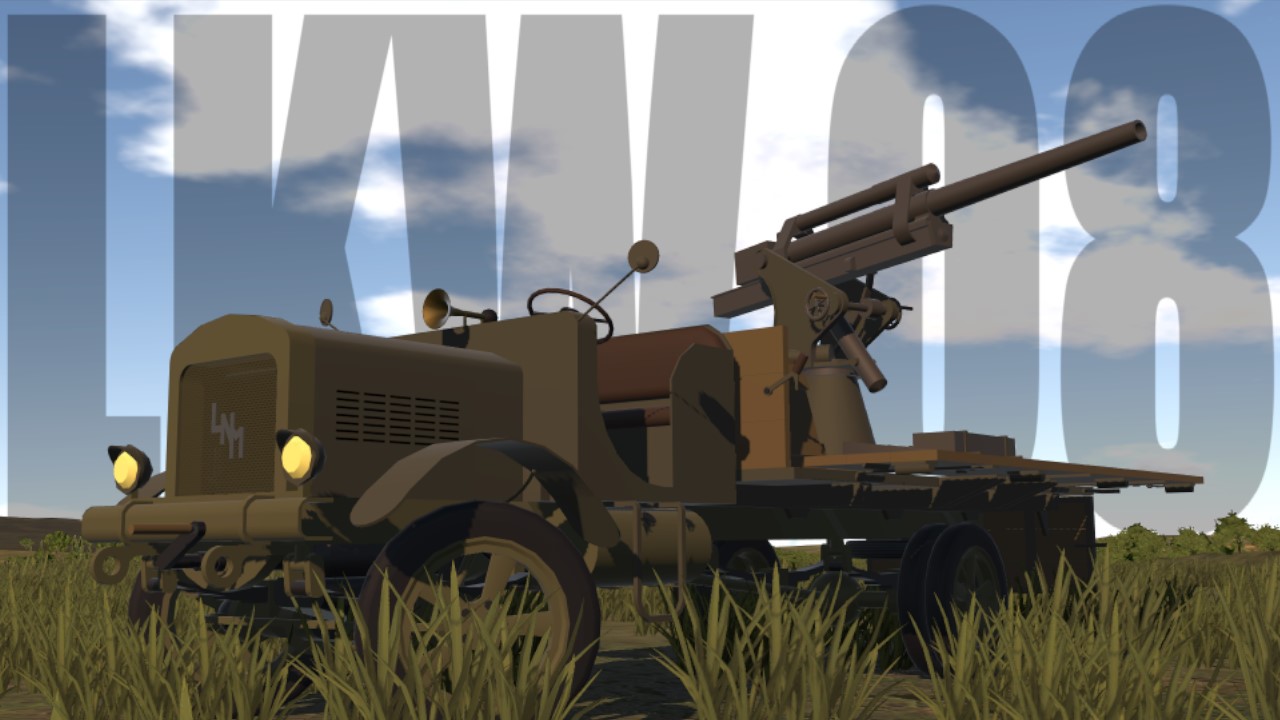
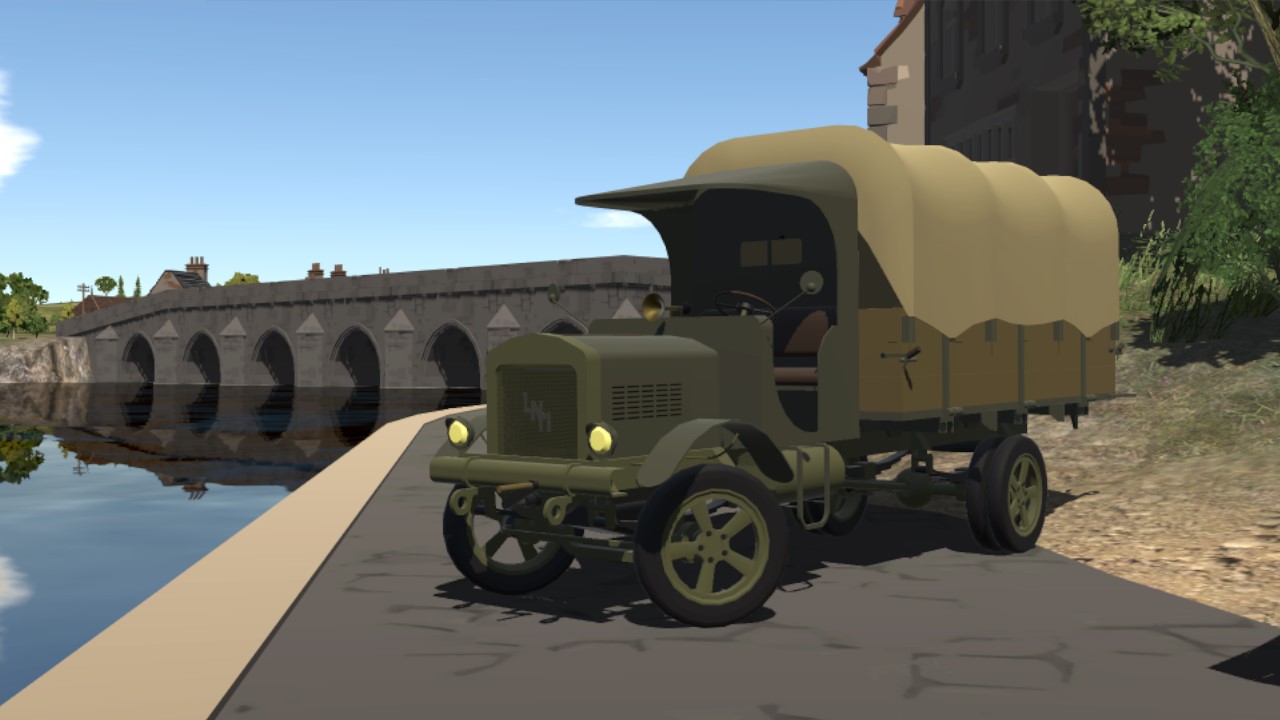
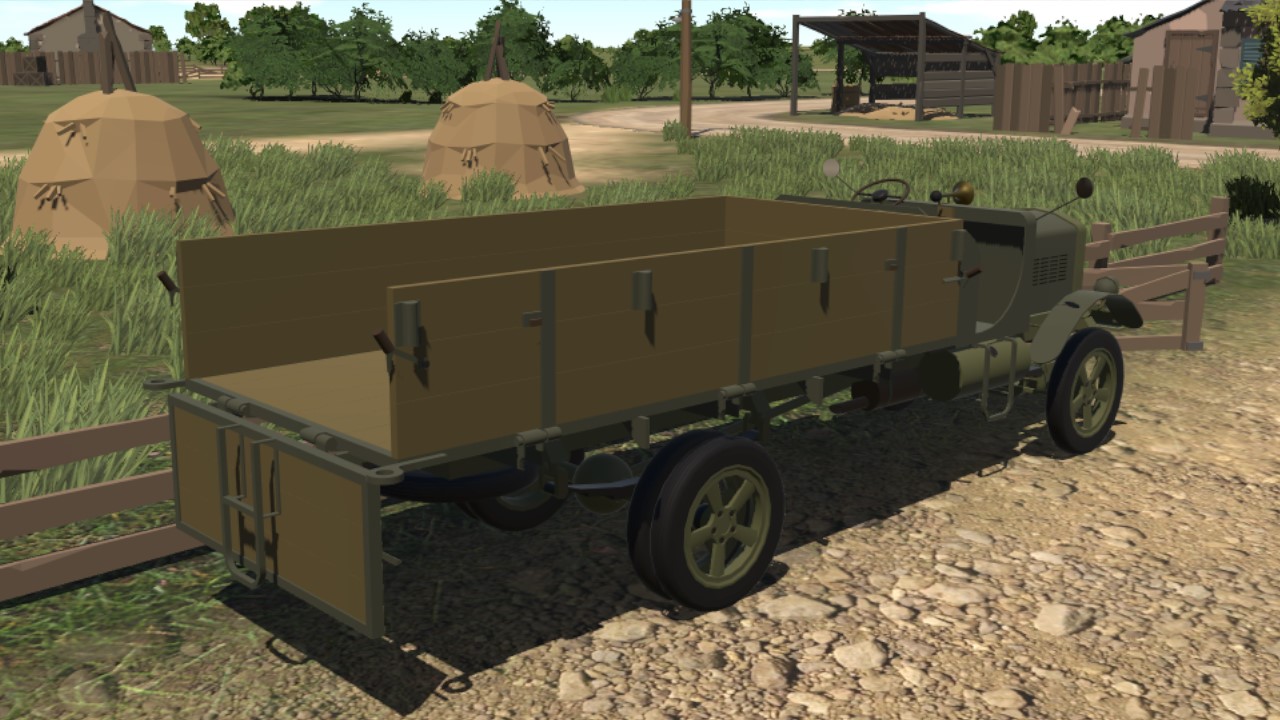



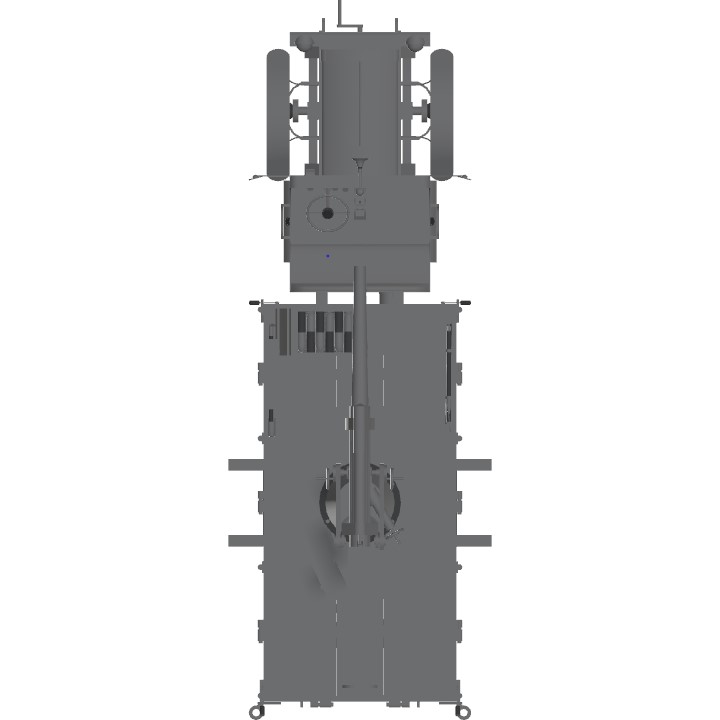

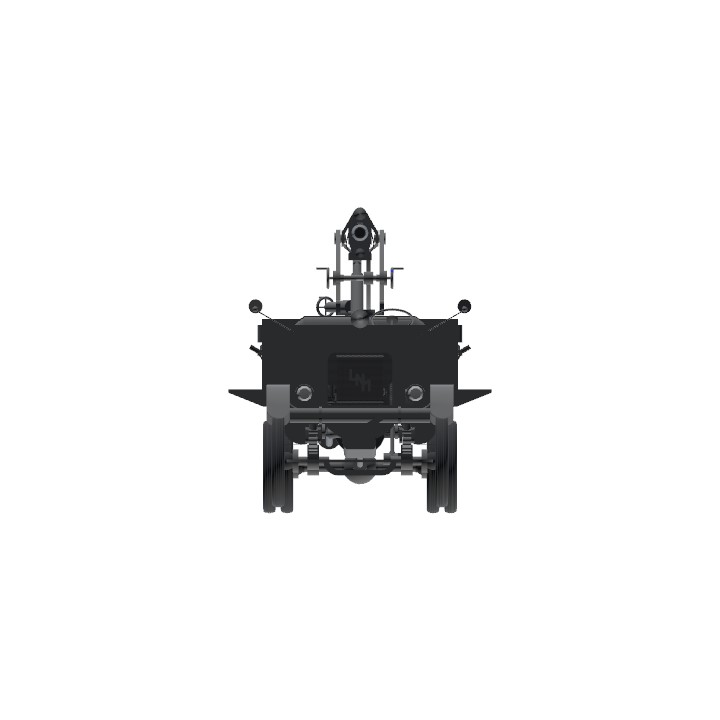
Is this your last post?
dunno if anyones said this before but you did a grand auld job with those screens. keep it up bro o7
Which map(s) did you use for those screenshots?